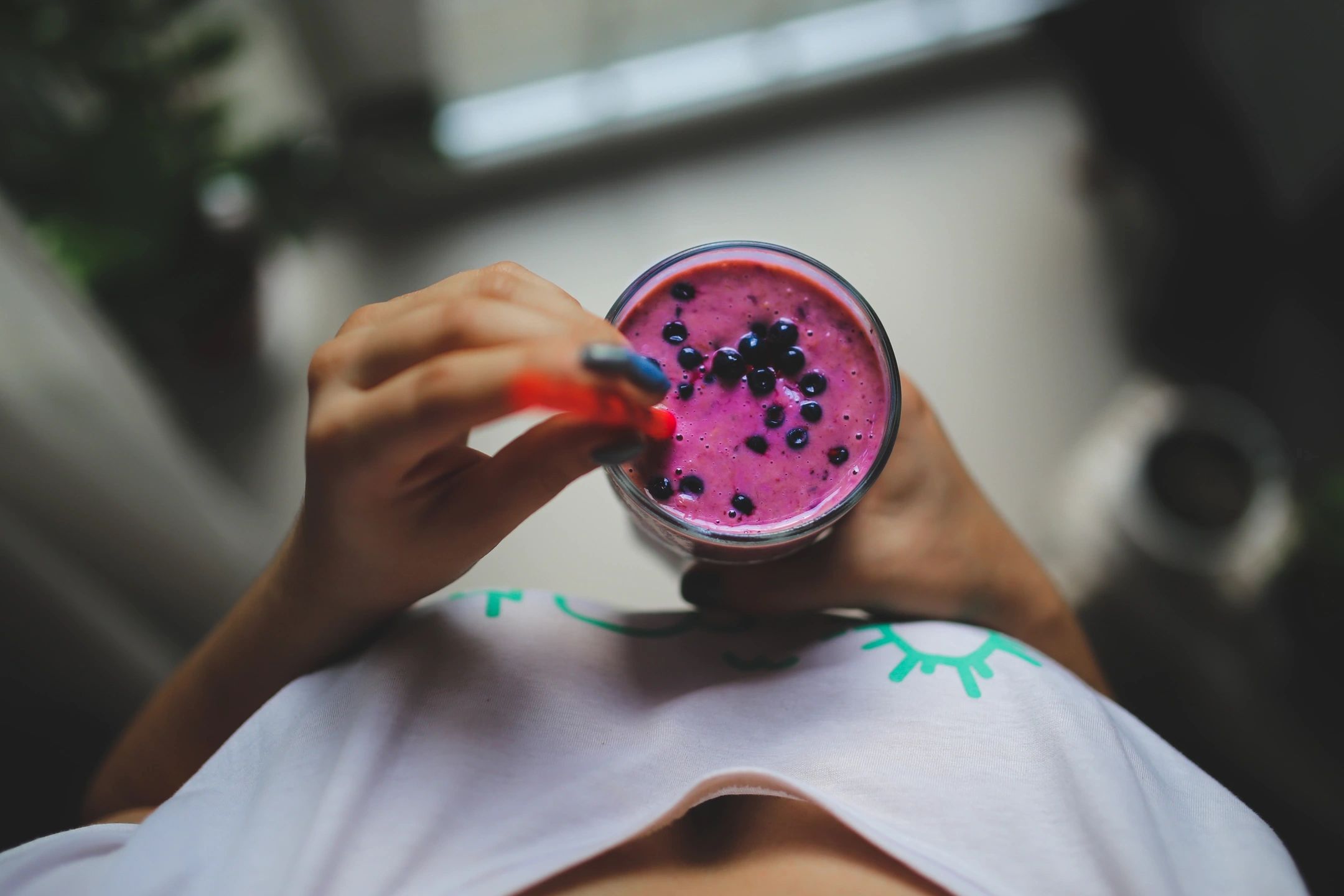Menopause, the last stage of your menstrual cycle, popularly known as ‘the change of life,’ affects all parts of your body, including breasts. According to research, at the time of menopause, your body produces fewer reproductive hormones, which affect the texture, elasticity, and shape of breasts.
During the years before your menopause, perimenopause the time before your period stops, your breasts start to change in size and shape, which is noticeable. However, it’s crucial to understand the different changes, their causes, and how you can cope. Let them understand this!
Different changes in breasts during the menopause transition
During the midlife transition, you will notice some unexpected changes in your breasts, such as soreness, tenderness, lumpiness, and sagging of the breasts. The most common changes a midlife woman experiences in her breasts are:
Lumpy breast
A breast lump is the growth of tissue that develops in your breast. Amid menopause, you might have lumps in your breast for multiple reasons. The most common causes are changes in hormones and growing age. These lumps are cysts, fluid-filled sacs that feel like grapes when touched.
Breast lumpiness can also result from fibrocystic. When touched, they have a rubbery, soft texture. This is also called a smooth mouse since it doesn’t feel stuck to the touch.
However, you should check the new and already existing lumps. It is a good idea to consult your doctor in case of any breast changes regarding the lump.
Tenderness and painful breast
Due to significant changes in times of menopause and perimenopause, breasts may get more sore and uncomfortable. This may be caused by an increase in the amount of fluid that breast tissue retains, an expansion of existing cysts, or differences in breast size.
Change in size and shape
Some expected changes you might notice around menopause could be larger, saggy, and dense breasts.
Your estrogen levels fall as menopause hits, and breast tissue diminishes as your milk system begins to stop. Because of this, they become less thick and fattier, which leads to sagging.
Your breasts might not be as plump as they were, and their size might also have changed. Moreover, there will also be a loss in muscle tone underneath the breast that works as a support for breasts.
On the other hand, some women significantly see enlarged breasts following menopause. This may be due to weight increases or changes in the proportion of various breast tissues, such as collagen and fat.
What Causes Breast Changes Ahead of Menopause?
Amidst entering into menopause or perimenopause, a hormone called estrogen, which is responsible for promoting breast growth, slowly decreases in your body.
When the body starts producing less estrogen, breast tissue loses its elasticity, resulting in a looser and saggy breast than usual.
Moreover, the low estrogen level in your body affects mammary glands (that produce milk during reproductive years) and results in breast congestion, which shrinks your breasts.
If you have tenderness and pain in your breast, it is because of unpredictable rise and fall in estrogen and progestogen production during menopause. This spike in hormones affects the breast tissue and prompts breast soreness.
The changes in your breasts simultaneously reduce as you fully hit menopause—subsequently, your periods stop, and your body doesn’t produce estrogen and progesterone hormones anymore.
Lifestyle modifications to reduce the symptoms
When there is a problem, there is a solution. Improving your way of living may help reduce the symptoms of the menopausal transition. Let’s understand these practices.
Choose the right bra
Choosing a well-fitted and good-quality bra supports your breasts. Moreover, wear bras and clothes that are comfortable and made from natural fibers. Avoid rough and constricting clothing.
Avoid Stress
Stress is a major factor in many of our concerns, including breast tenderness and discomfort. Reducing excessive stress reduces the likelihood and severity of breast tenderness. Incorporate relaxation methods into your lifestyle, like meditation, deep breathing, etc.
Improve your diet and move your body
A Healthy and nutritious diet can also contribute to breast improvement. Keep a healthy diet rich in nutrients, like vitamins and omega-3. Limit the use of salt and consume less fat. Include body movement and exercise such as walking, swimming, and dancing in your everyday routine. This will eventually help you maintain a healthy weight.
Avoid caffeine
Research shows that cutting caffeine from your diet can reduce breast tenderness. Moreover, avoid smoking. This further reduces the risk of breast cancer and other serious issues.
Other changes
Along with the above lifestyle changes, keep your bedroom and pillow cool at night and dress in light clothes. Use a hot compress for painful breasts and take a hot shower.
Takeaway
If you notice any changes in your breasts around menopause, it is not a cause for concern. It’s normal to see your breasts changing to different shapes than usual. Not only the breasts, but you might notice changes in the shape of your nipples. Any change in your breast or nipple results from fluctuating hormones—estrogen and progesterone.
However, it’s always best to consult your doctor and address the changes you have noticed. Do not ignore unusual changes to avoid any breast-related issues.


Leave a Reply